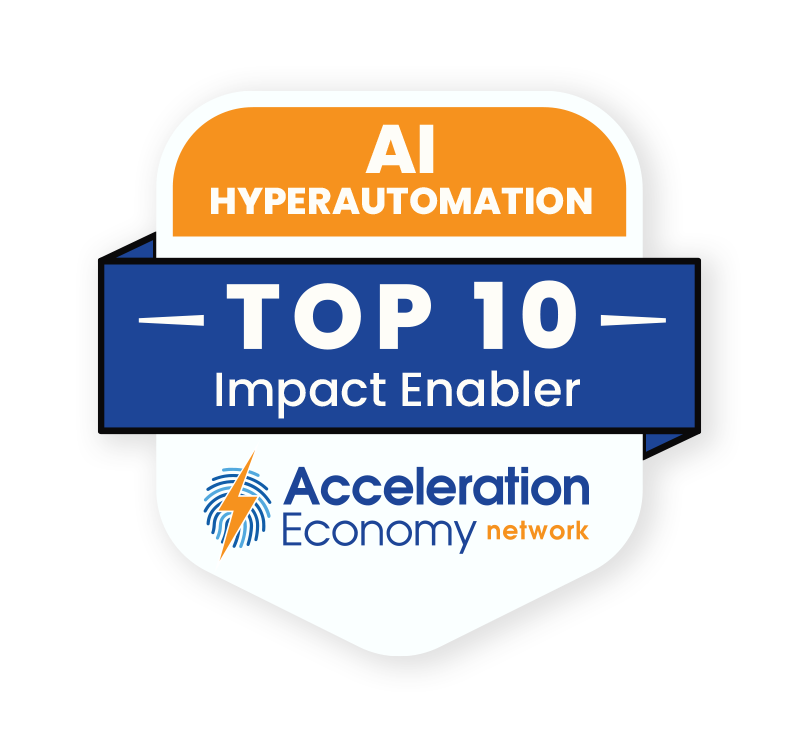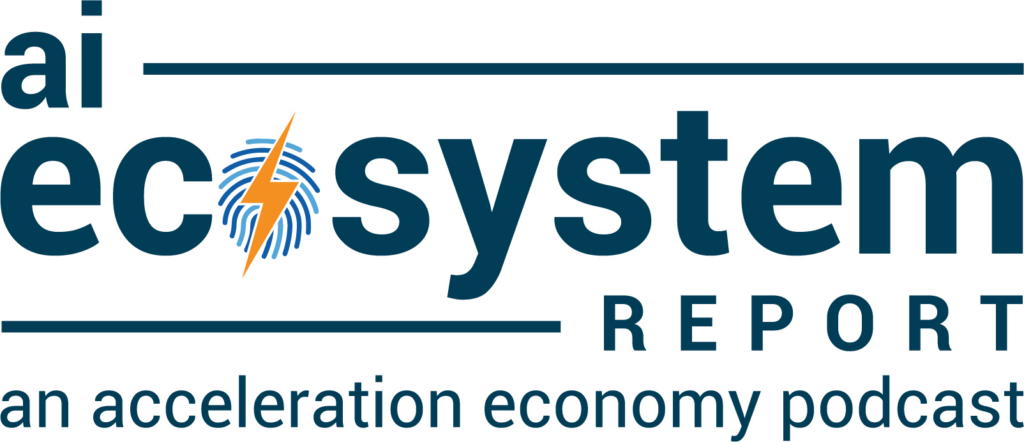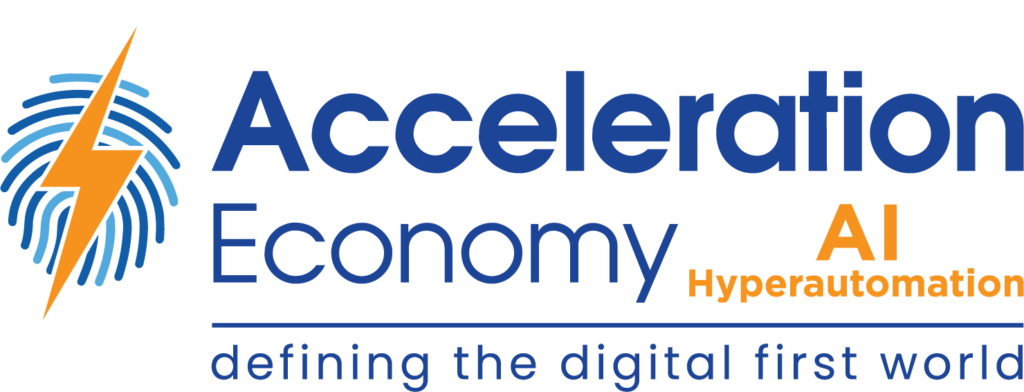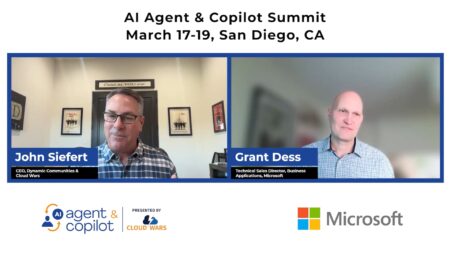In today’s excitement around large language models (LLM) and generative artificial intelligence (AI) systems, it’s easy to lose sight of the fundamentals of AI. I lead a tech startup and too often in my work, I hear pitches or non-technical business people talking about AI simply for the sake of AI, without an understanding of fundamentals. If your organization is incorporating AI into its business processes, it’s critical for everyone to have this basic understanding.
Although the release of ChatGPT sparked the world’s interest in generative AI, this is only a tiny subset of the AI field given that most business-oriented applications of AI or machine learning (ML) have nothing to do with ChatGPT. In this analysis, I’m going to explain ML, what it is and what it isn’t, and provide context around ML business applications that don’t involve generative AI.
To hear practitioner and platform insights on how solutions such as ChatGPT will impact the future of work, customer experience, data strategy, and cybersecurity, make sure to register for your on-demand pass to Acceleration Economy’s Generative AI Digital Summit.
An Overview of Machine Learning
AI is the field of computing that attempts to mimic human intelligence. The desire to simulate the human mind through artificial means has been around as long as computers have existed, perhaps longer.
Machine learning is a sub-field of AI that focuses on enabling machines to make decisions based on statistical models that improve at performing tasks over time and with additional experience.

Machine learning is unlike rule-based programming, where a human programmer will design the logical flow of a program down to every detail using “if” statements, iterative loops, operators, and other traditional programming components. Rigid rule-based programs could never accommodate the variety of real-world systems, like identifying handwritten numbers or driving a car autonomously. ML models aren’t necessarily complicated, ‘smart,’ or anthropomorphic — they just work differently than rule-based programming.
Deep Learning
Deep learning is a subset of machine learning; it’s what everyone’s excited about. Deep learning involves models that have multiple layers of ‘neurons’ inspired by the architecture of the human brain; it can train itself to become better at complex tasks like computer vision, natural language generation such as in ChatGPT, and much more. My favorite resource to learn about the fundamentals of these so-called neural networks is 3Blue1Brown’s YouTube playlist.
In the early days of AI research, we were limited to a class of deep learning models called multilayer perceptrons, invented in the late 1950s. This is usually the starting point of any advanced AI course. These models were used to recognize handwritten digits, for example. Nowadays, we have many more classes of deep learning models, including Convolutional Neural Networks (CNNs, these are used for image recognition), transformers (as in GPT-3 and GPT-4), Long Short Term Memory Networks (LSTMs, used in language processing), and General Adversarial Networks (GANs, these put two models in competition to improve each other).
ML That Isn’t Deep
As mentioned, ML is about using statistics to let machines make decisions. The field got its start in classification algorithms, which will place data points in either bucket A or B, as well as time-series forecasting, such as predicting stock market values in the future, and recommender algorithms, which might recommend you watch movie A versus B.
There’s no magic in machine learning. It’s just math. Typically, you begin with a training set of data and make a model to represent it, such as a line in a cartesian plane. Then you use a test set of data to check how good the model is at working with data that is similar but not identical to the training data. This process makes ML models robust enough to work in real-world situations. Additionally, it’s done repeatedly to minimize a certain loss function.
Machine learning models that don’t involve neurons or layers, like in deep learning, are generally easy to set up, require less training data, and are cheaper to manage with less compute power. In their early days, Netflix used basic ML models to make movie recommendations, although they have since upgraded their stack to include deep learning and more complex architectures. Startups may often use simple ML before deploying more complex deep learning models as well.
However, simple ML models are also less flexible and powerful than deep learning models, which are usually used in production. In recent years, there has also been a democratization of deep learning that lets even non-technical users build and deploy such models, enabled by databases like Hugging Face or providers including Azure Cognitive Services, Google Cloud, and more. OpenAI’s release of ChatGPT is a prime example of opening up the usage of an advanced deep learning model (GPT-3.5) to the general public.
H2O.ai and AutoML
One excellent partner for developing ML solutions is H2O.ai, which is an Acceleration Economy AI/Hyperautomation Top 10 company. One of their core offerings within their H2O AI Cloud is autoML, or automated machine learning, which will walk you through the entire pipeline of integrating ML capabilities into your organization.

This is what machine learning integration into businesses usually looks like, especially pre-ChatGPT. H2O.ai will help you develop and deploy ML models that are fine-tuned for smaller tasks within your organization, and may not involve cutting-edge natural language processing or computer vision.
H2O.ai also places emphasis on MLOps, which is all about unit testing, integration testing, continuous integration, monitoring real-time model performance metrics, and holding checks and balances for your models. Finally, working with companies like H2O.ai helps you ensure explainability and usability, which are necessary when working with non-technical stakeholders.

Which companies are the most important vendors in AI and hyperautomation? Check out the Acceleration Economy AI/Hyperautomation Top 10 Shortlist.
Final Thoughts
The world woke up to the power of AI when ChatGPT was released. But here at Acceleration Economy, we’ve been pointing out the business value that can be driven through the technology way before that release. Hyperautomation and AI integration isn’t about building a nice chat tool on top of the GPT-3 API; it’s about upgrading how your organization handles data.
The other day I was speaking with the owner of a diner who didn’t use a point-of-sale system to track sales, instead eyeballing inventory levels and flying blind. When he complained about his cash flow problem, I wasn’t surprised. ML, both deep learning and simpler methods, is a powerful tool for handling data so that you don’t have to fly blind.
Looking for real-world insights into artificial intelligence and hyperautomation? Subscribe to the AI and Hyperautomation channel:













